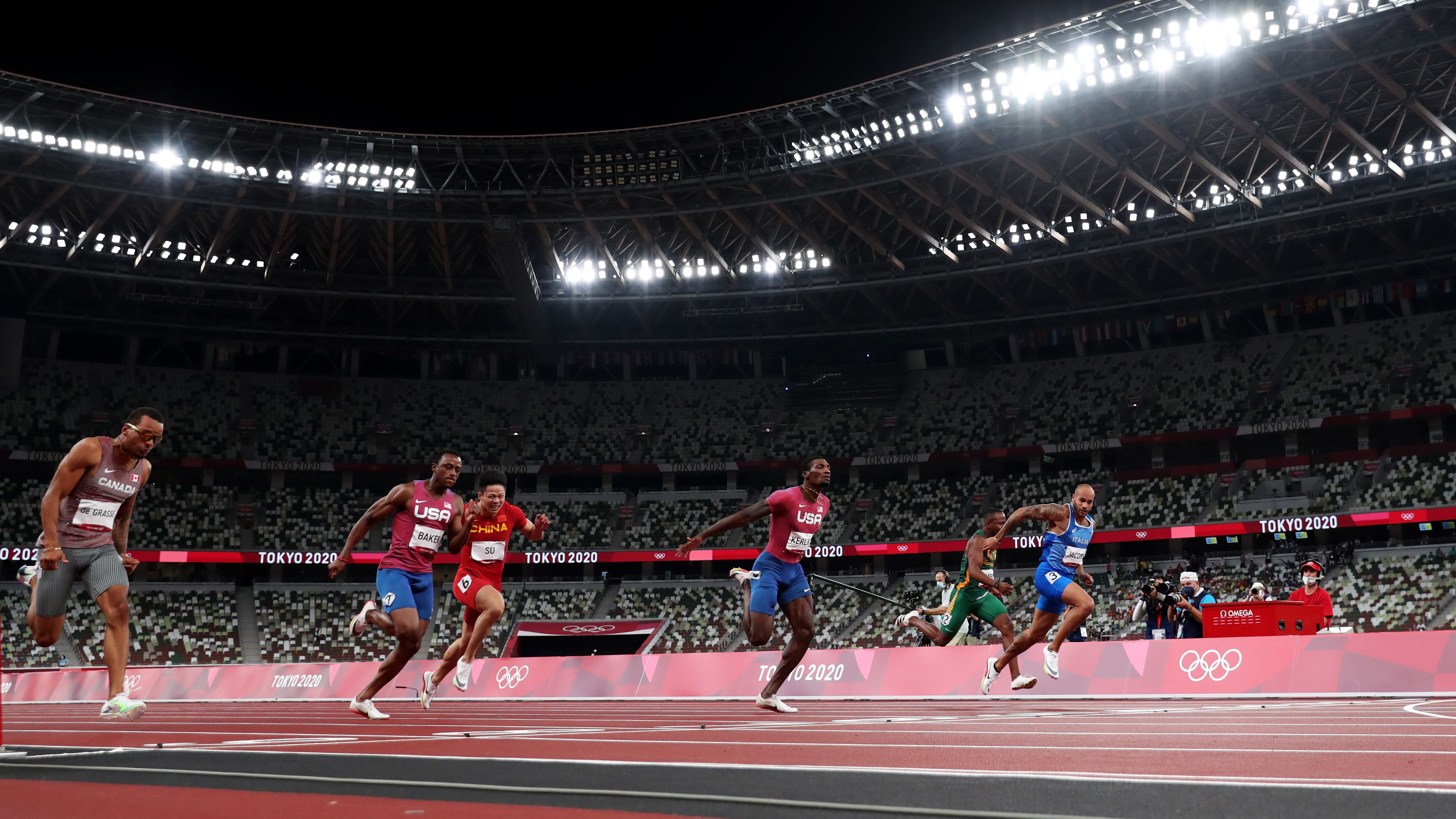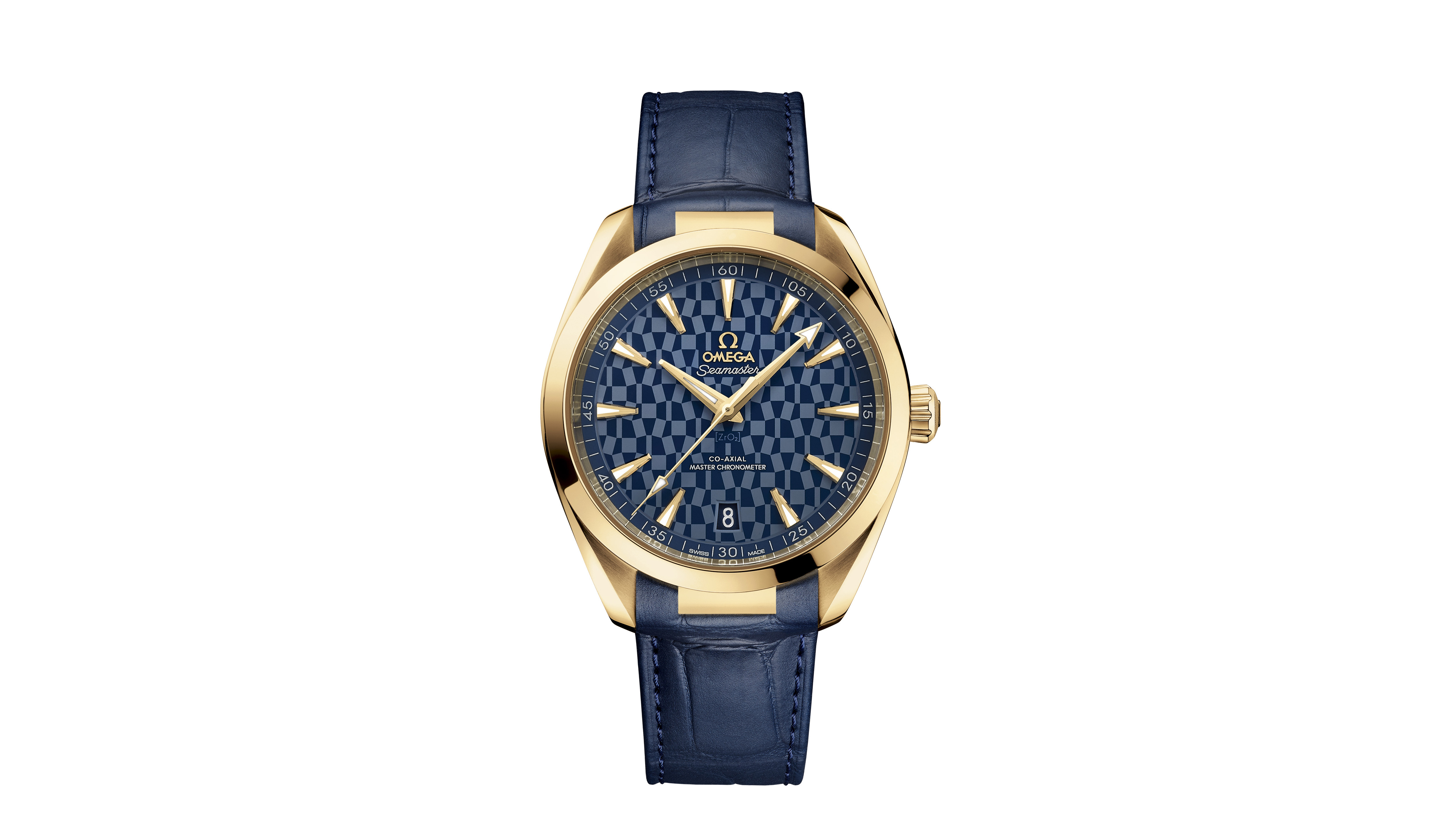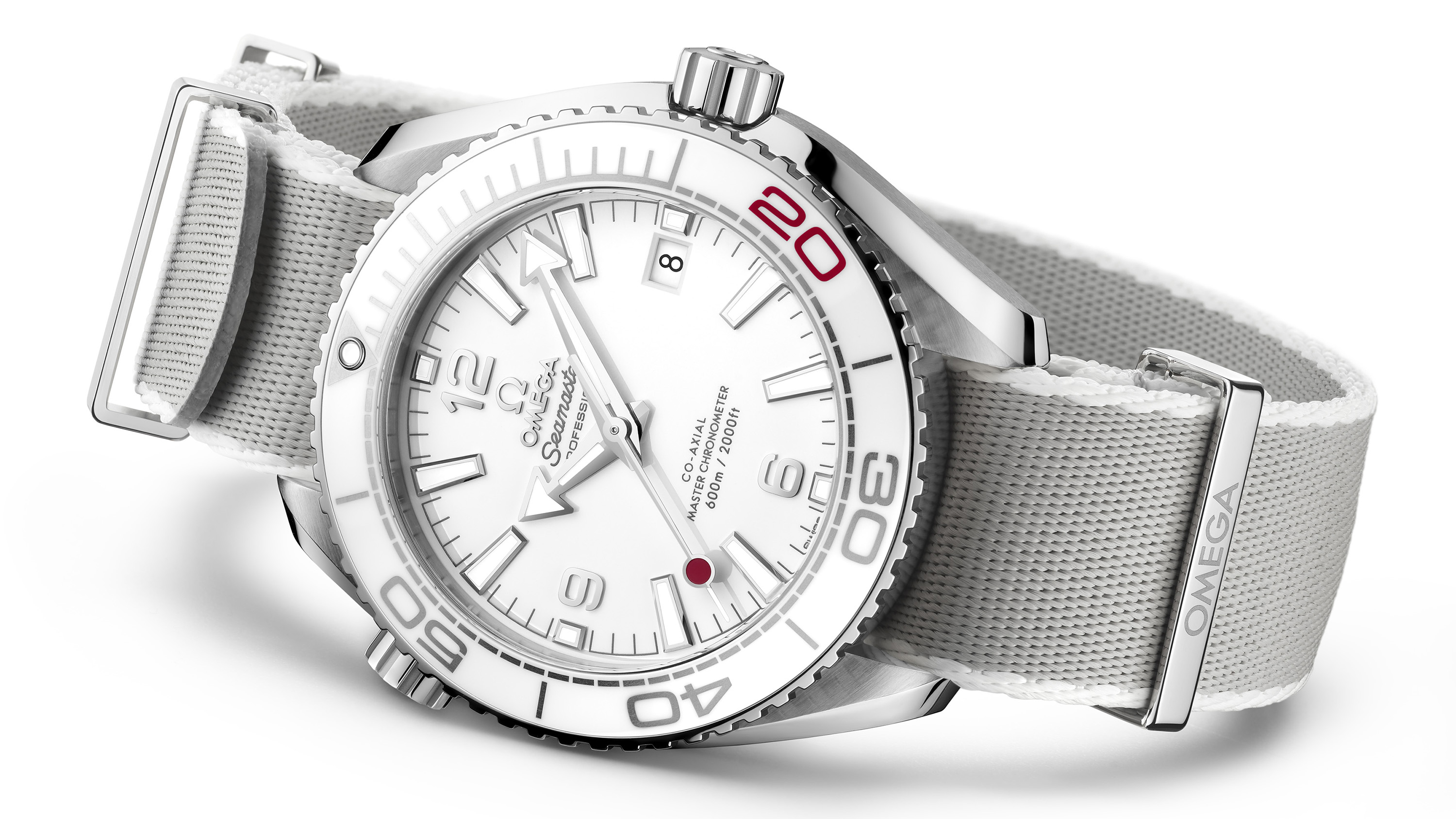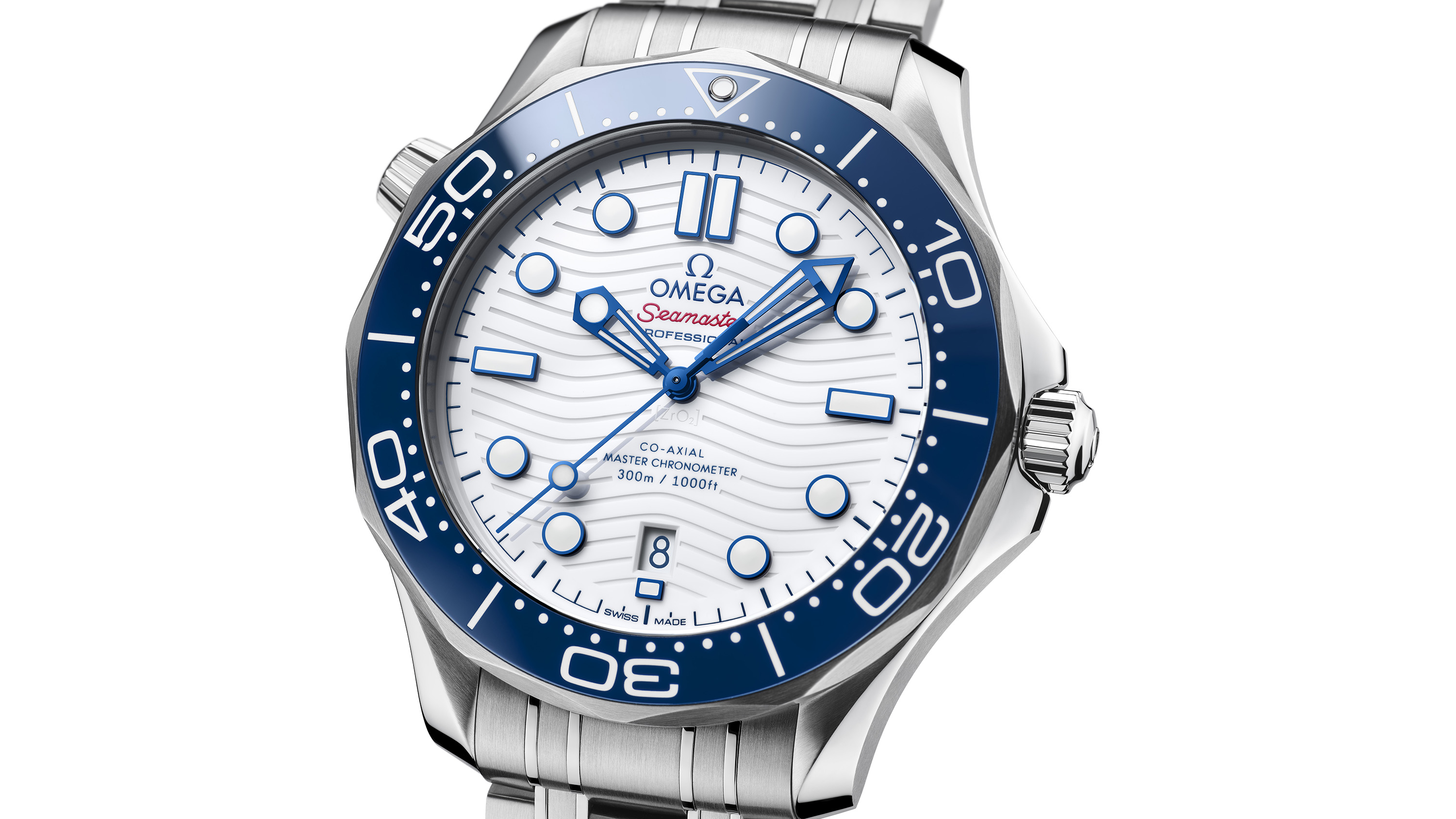How Omega times the Olympic 100m race: we interview the man behind it all
Alain Zobrist, Head of Omega Timing, explains how the Swiss watchmaker times the iconic event


Have you ever wondered how the Olympic 100 metre race is timed? Or maybe whether there's some sort of backup system? Well, I've got some good news, I've talked to Alain Zobrist, Head of Omega Timing, to learn all about the event and how it's recorded.
- Best watches under £1000
- Best watches for men: T3's ultimate guide to watches
- 5 best watches to invest in right now
Can you give me a brief overview of how the timing system for the 100 meters works?
The race starts - the clock starts ticking the moment the starter pulls the trigger on the electronic start gun. Assuming there are no false starts, the timer ticks on until the runners cross the photocells positioned at the finish line. When this happens, the running time is stopped instantly - and displayed on TV and scoreboards. The official time is then judged by a photo finish, which in this case is measured by Omega’s Scan-o-vision Myria, which can record 10,000 digital images per second. The official photo finish is analysed and judged in Omega’s timing room positioned behind the stands.

How do you test the system before the race?
We have the opportunity to do test events many months prior to the event, so we can put the tech through its paces. We are also constantly monitoring the performance of the technology during the Olympic Games. Omega is also the Official Timekeeper of the Diamond League, which gives us the opportunity to deploy and test the technology ahead of the Olympic Games.
Are there any backup systems, just in case the primary system fails?
Yes, we have multiple backup systems, allowing us to switch from one system to the other without losing any relevant technical information.
Get all the latest news, reviews, deals and buying guides on gorgeous tech, home and active products from the T3 experts

Are you still making advancements in timing accuracy?
We have already achieved the capacity to time one-millionth of a second, so the technology is more advanced than we need.
With accuracy, there are limits to how it’s used, because it has to be relevant to the discipline being timed. For instance in swimming, we can’t really make use of one-millionth of a second accuracy without ensuring that the pool itself is geometrically flawless – and that is not possible even with modern construction techniques. What’s more, that kind of accuracy is not required to judge finishes.
So our focus now is on motion-sensor and tracking technology to collect data and enhance the spectator experience - and most importantly, to provide important information to athletes about their performances.

Are there any learnings you take from timing events such as the Olympics that feed into the development of Omega wristwatches?
They are quite different applications, but there is an open dialogue between timekeepers and watchmakers so we often generate ideas. Of course, by functioning as Official Timekeeper at the Olympic Games, on the global stage with all eyes watching, we affirm in a very public way our commitment to exceptional quality and absolute precision.
Liked this?
- Omega's new watch is the closest you'll ever get to owning a gold medal
- Best Omega: how to choose the perfect Omega to suit your lifestyle

As the Style and Travel Editor at T3, Spencer covers everything from clothes to cars and watches to hotels. Everything that's cool, stylish, and interesting, basically. He's been a part of T3 for over seven years, and in that time covered every industry event known to man, from CES and MWC to the Geneva Motorshow and Baselworld. When he's driving up and down the country in search of the greatest driving roads, he can be found messing around on an electric scooter, playing with luxury watches, or testing the latest fragrances.